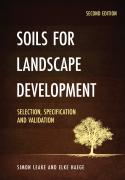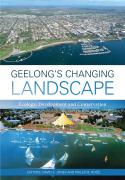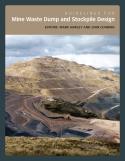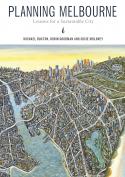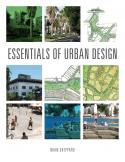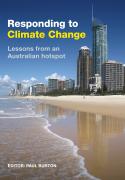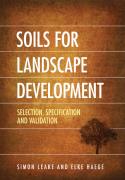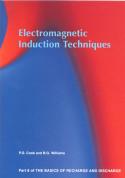The intense concentration of human activity in urban areas leads to changes in both the quantity and quality of runoff that eventually reaches our streams, lakes, wetlands, estuaries and coasts. The increasing use of impervious surfaces designed to provide smooth and direct pathways for stormwater run-off, has led to greater runoff volumes and flow velocities in urban waterways. Unmanaged, these changes in the quantity and quality of stormwater can result in considerable damage to the environment.
Improved environmental performance is needed to ensure that the environmental values and beneficial uses of receiving waters are sustained or enhanced.
Urban Stormwater - Best-Practice Environmental Management Guidelines resulted from a collaboration between State government agencies, local government and leading research institutions. The guidelines have been designed to meet the needs of people involved in the planning, design or management of urban land uses or stormwater drainage systems. They provide guidance in ten key areas: Environmental performance objectives; Stormwater management planning; Land use planning; Water sensitive urban design; Construction site management; Business surveys; Education and awareness; Enforcement; Structural treatment measures; and Flow management.
Engineers and planners within local government, along with consultants to the development industry, should find the guidelines especially useful. Government agencies should also find them helpful in assessing the performance of stormwater managers.
While developed specifically for application in Victoria, Australia, the information will be of value to stormwater managers everywhere.




